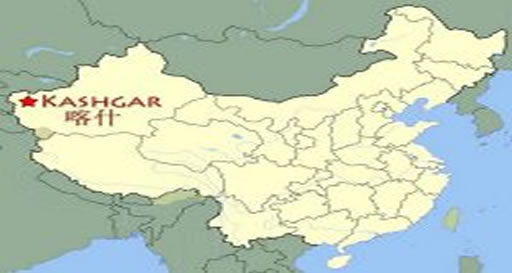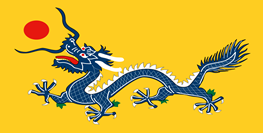


| SILK ROAD STOP: KASHGAR |
|
| Kashgar Slideshow |
|
|
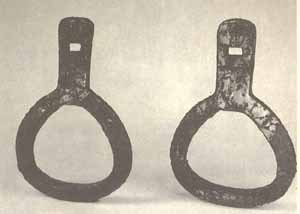
Chinese molded metal stirrups
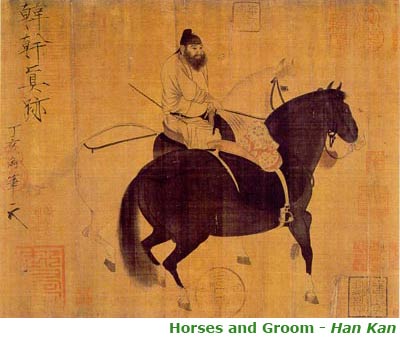
Ancient Chinese painting with man on horse using stirrups
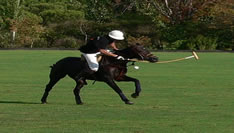
Polo Player Today
Stirrup
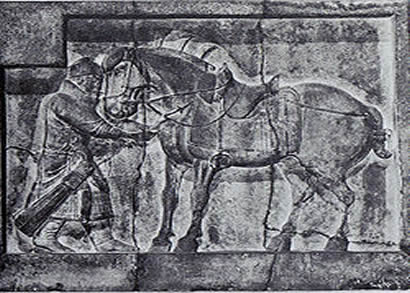
Bas-relief from a Tang Emperor's tomb
"Stirrups were invented by the Chinese around 400 C.E. Tartars (Mongols) who attacked China's border fought, hunted, ate, slept, and almost lived on horseback. The Chinese soldiers were mostly pasants and not natural horsemen. Toe ven the odds against the superior Tartar cavalry. Chinese horse-soldiers, who wore heavy, full-body armor, used stirrups to keep their balance in the saddle when charging the Tartars - who rode without stirrups and wore only light, front-body armor. The idea of stirrups reached the EAstern Roman Empire by the 8th century. In the beginning, only armored cavalry men used stirrups, not ordinary riders." (Jackdaw Sik Road)
Stirrup Today
Even though we don't use horses for our main source of transportation today, horses are still used for many recreational and some work activities, such as polo, horseracing, cattle ranching, and more. In order to do all of these things effectively, the rider still needs stirrups for maneuverability on the horse.
Article: How the Stirrup Changed the World
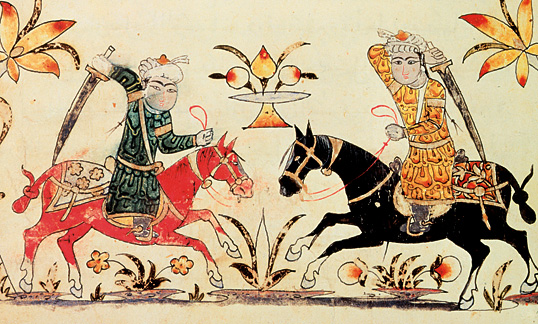
Mamluk (Muslim Empire Turks) with stirrups.
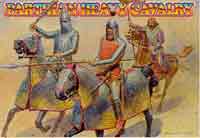
Parthian cavalry using stirrups

Jockey in Horseracing Today
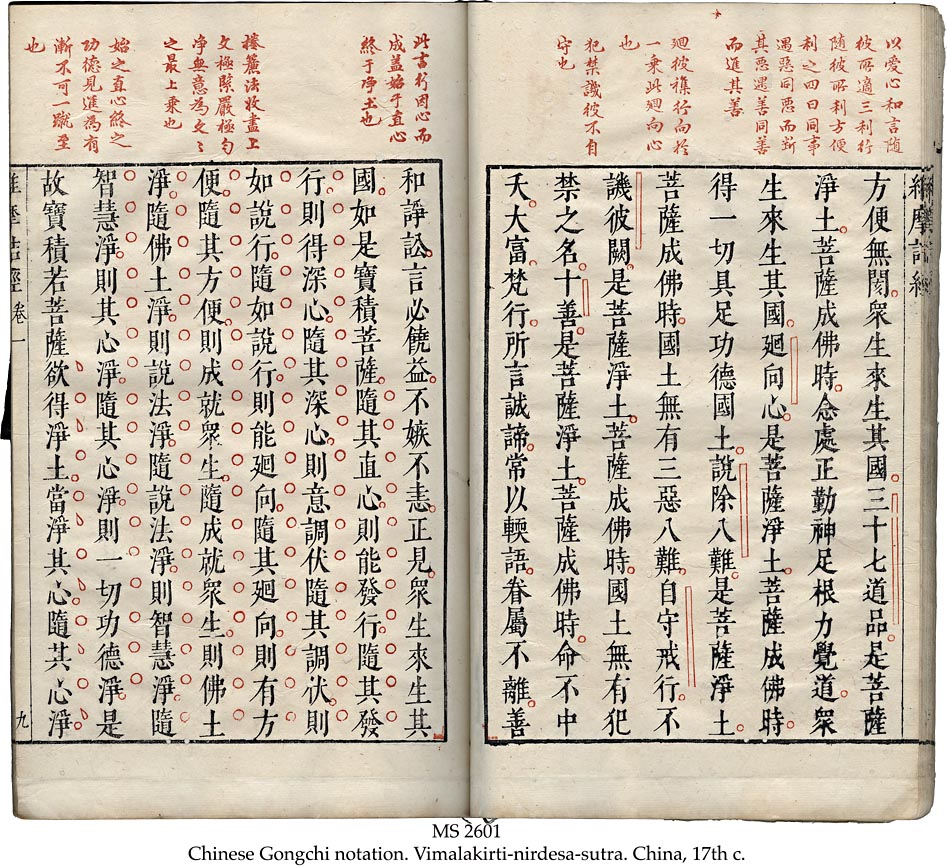
Chinese paper
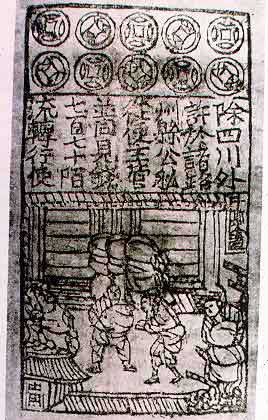
Chinese paper money
Paper
"Paper was invented by Cai Lun in 105 AD, which was one of the four great inventions by the Chinese. Cai Lun not only greatly improved the papermaking technique, but also made it possible to use a variety of materials, such as tree bark, hemp, rags, etc. The earliest paper discovered in Fufeng County, Shaanxi, was made from hemp during the Western Han (206 BC - 24 AD).
Bamboo paper was produced in the Tang Dynasty (608 - 907). Xuan paper made in Jing County, Anhui, is probably the best-known paper, which is mainly used in Chinese painting and calligraphy. Xuan paper is soft, smooth, white, absorbent and very durable." (About.com)
Paper Technology Spreads
In 751 C.E. Chinese prisoners of war gave the secret of papermaking to the Arabs (Islamic Empire). Before the invention of paper, the Chinese painted words on silk and the Europeans and other Asians wrote on papyrus, made from Egyptian papyrus reeds, and vellum scrolls, made from animal hides. These were all expensive materials and had limited use. Papyrus and vellum could not be used for printing - their surfaces were too hard to absorb ink. Large shapes could be stamped on silk, but not fine lettering. Papermaking technolgy readched Europe through Spain (then under Muslim rule) around the 13th century. (Jackdaw Silk Road)
Paper Today
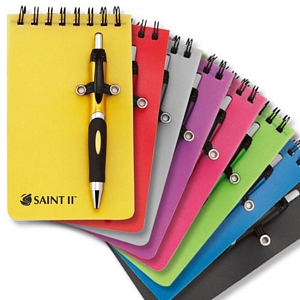
Paper is used in many ways today. In school, we use paper all of the time for our assignments or to write notes to your friends (not during class, of course!). Although much writing that we do today is now done digitally, paper is still an essential product in our economy.
Video: Paper and Printing in China
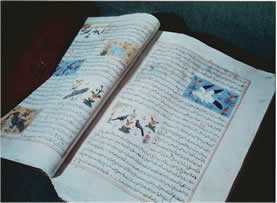
Muslim Civilization Invented the Binded Book
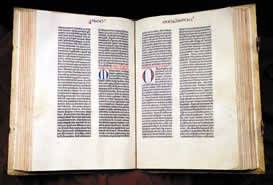
Johannes' Gutenberg's Bible
